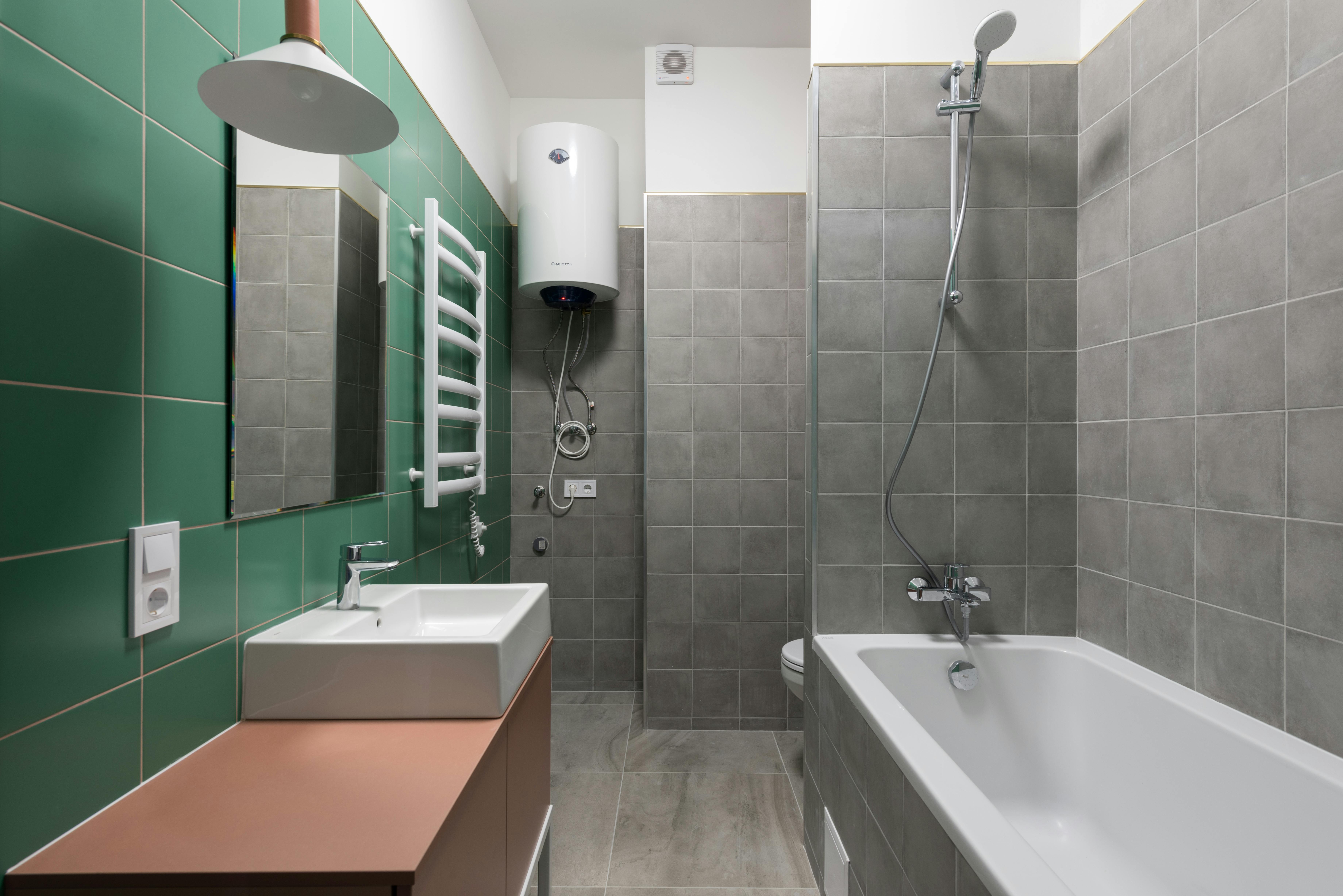Bathroom Appliances: Essential Components for Modern Homes
Bathrooms are integral spaces in our homes, serving both functional and aesthetic purposes. At the heart of these spaces are various appliances and fixtures that contribute to their utility and comfort. From basic necessities to luxury additions, bathroom appliances play a crucial role in our daily routines. This article explores the key components that make up modern bathroom setups, their functions, and considerations for homeowners.

Toilets are arguably the most essential fixture in any bathroom. Modern toilets come in various designs, including standard floor-mounted models and wall-hung versions that can save space and offer a sleek appearance. Many contemporary toilets also feature water-saving mechanisms, such as dual-flush systems, which contribute to environmental conservation and reduced water bills.
Sinks, or lavatories, are another fundamental component. They come in numerous styles, from pedestal sinks that stand alone to vanity-mounted basins that offer additional storage space. The choice of sink often depends on the bathroom’s size and the homeowner’s storage needs.
How do showers and bathtubs differ in functionality?
Showers and bathtubs serve similar purposes but offer distinct experiences and have different space requirements. Showers are generally more space-efficient and water-conserving, making them popular choices for smaller bathrooms or homes with busy lifestyles. Modern showers can range from simple stall designs to luxurious walk-in enclosures with multiple showerheads and body sprays.
Bathtubs, on the other hand, provide a more relaxing and immersive bathing experience. They come in various styles, including standard alcove tubs, freestanding soaking tubs, and jetted whirlpool tubs for a spa-like experience. While bathtubs typically require more space and water, they can be a desirable feature for many homeowners, particularly in master bathrooms or homes with young children.
Some bathrooms incorporate both a shower and a bathtub, often in a combined unit to maximize space efficiency. This combination allows for the versatility of both options while minimizing the bathroom’s footprint.
What additional appliances enhance bathroom functionality?
Beyond the core fixtures, several appliances can enhance the functionality and comfort of a bathroom. These additions can transform a basic bathroom into a more luxurious and efficient space.
Water heaters are crucial for providing hot water to showers, tubs, and sinks. While not always located within the bathroom itself, they are essential to its function. Modern tankless water heaters can provide on-demand hot water, saving energy and space compared to traditional tank models.
Ventilation fans play a vital role in maintaining air quality and preventing moisture buildup, which can lead to mold and mildew. Many modern exhaust fans come with additional features such as built-in lighting or humidity sensors that automatically activate the fan when needed.
For added comfort, heated towel rails can provide warm, dry towels and help reduce moisture in the bathroom. Some models can be connected to the home’s central heating system or operate independently with electric heating elements.
How do bathroom appliances contribute to water efficiency?
Water conservation is an increasingly important consideration in bathroom design. Many modern bathroom appliances are engineered to reduce water consumption without compromising performance.
Low-flow showerheads can significantly decrease water usage while still providing a satisfying shower experience. These fixtures often use aeration or pulse technology to maintain water pressure while using less water.
Dual-flush toilets offer users the choice between a full flush for solid waste and a reduced flush for liquid waste, potentially saving thousands of gallons of water per year. Some advanced models even incorporate sensors for touchless flushing, which can further optimize water use.
Faucet aerators are simple additions that can be fitted to existing taps to reduce water flow while maintaining pressure. Smart faucets with motion sensors can also prevent water waste by automatically shutting off when not in use.
What are the trends in smart bathroom technology?
The integration of smart technology into bathroom appliances is a growing trend that offers both convenience and enhanced functionality. Smart toilets, for instance, can feature automatic lid opening, seat warming, and even built-in bidets with customizable settings.
Digital shower systems allow users to preset water temperature and flow rates, often controllable via smartphone apps. Some systems can even be voice-activated, allowing for hands-free operation.
Smart mirrors with built-in lighting, defogging capabilities, and digital displays for weather, news, or personal schedules are becoming increasingly popular. These high-tech additions can transform the bathroom into a multifunctional space that caters to modern lifestyles.
How do homeowners choose the right bathroom appliances?
Selecting the appropriate bathroom appliances involves considering various factors such as budget, space constraints, personal preferences, and long-term efficiency. It’s essential to balance aesthetic desires with practical needs and potential future requirements.
When choosing fixtures and appliances, homeowners should consider the bathroom’s size and layout. Compact fixtures may be necessary for smaller spaces, while larger bathrooms can accommodate more luxurious options.
Energy efficiency and water conservation should be prioritized to reduce long-term costs and environmental impact. Look for appliances with Energy Star certification or WaterSense labels, which indicate adherence to efficiency standards.
Durability and ease of maintenance are also crucial factors. High-quality materials and reputable brands often offer better longevity and performance, potentially saving money on repairs and replacements over time.
Ultimately, the selection of bathroom appliances should create a cohesive and functional space that meets the household’s needs while potentially adding value to the home. By carefully considering each element, from the essential fixtures to innovative smart technologies, homeowners can create a bathroom that is both practical and enjoyable to use.






